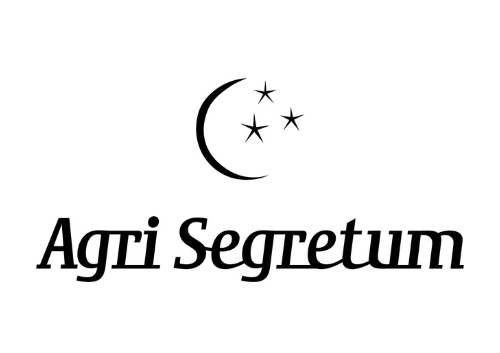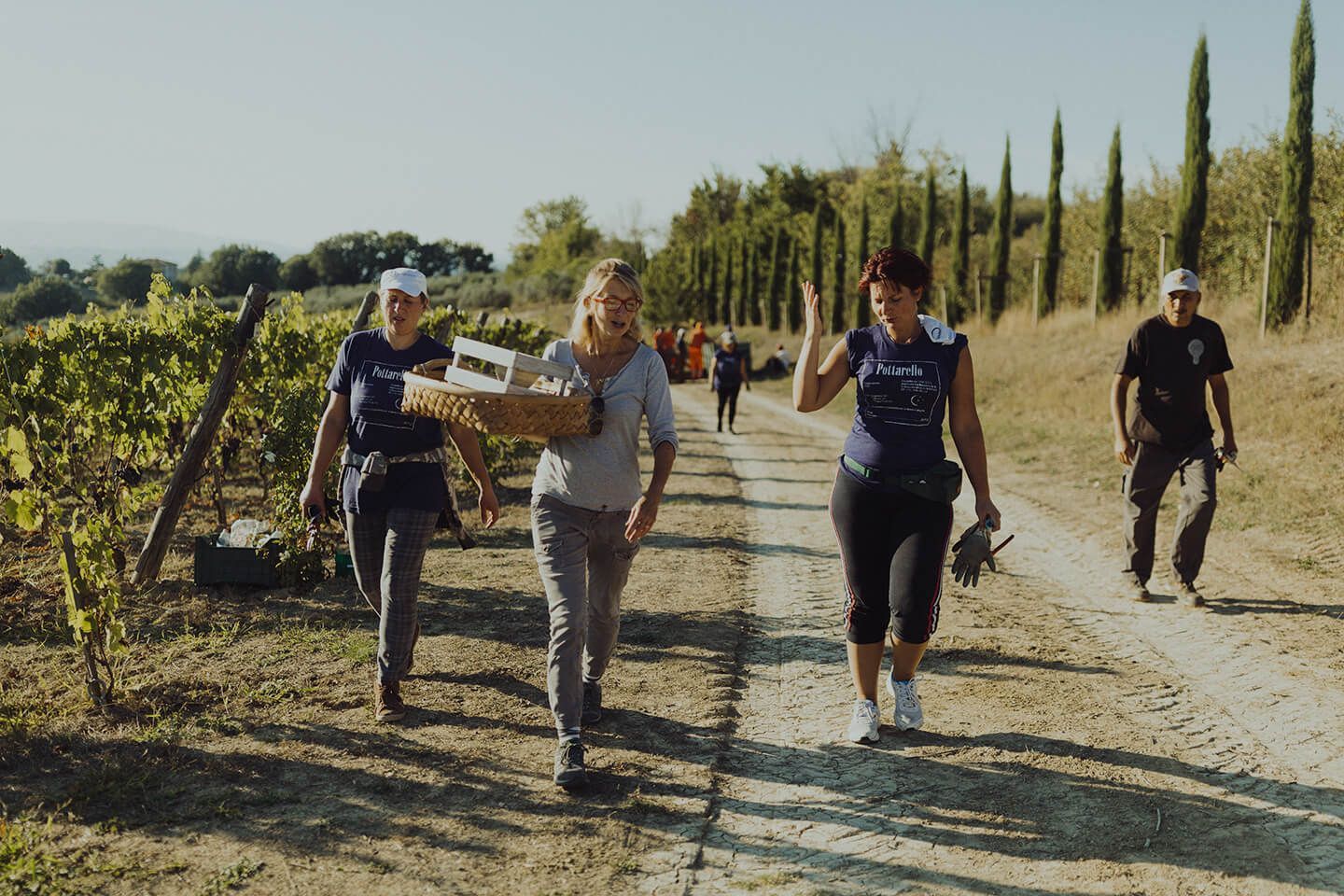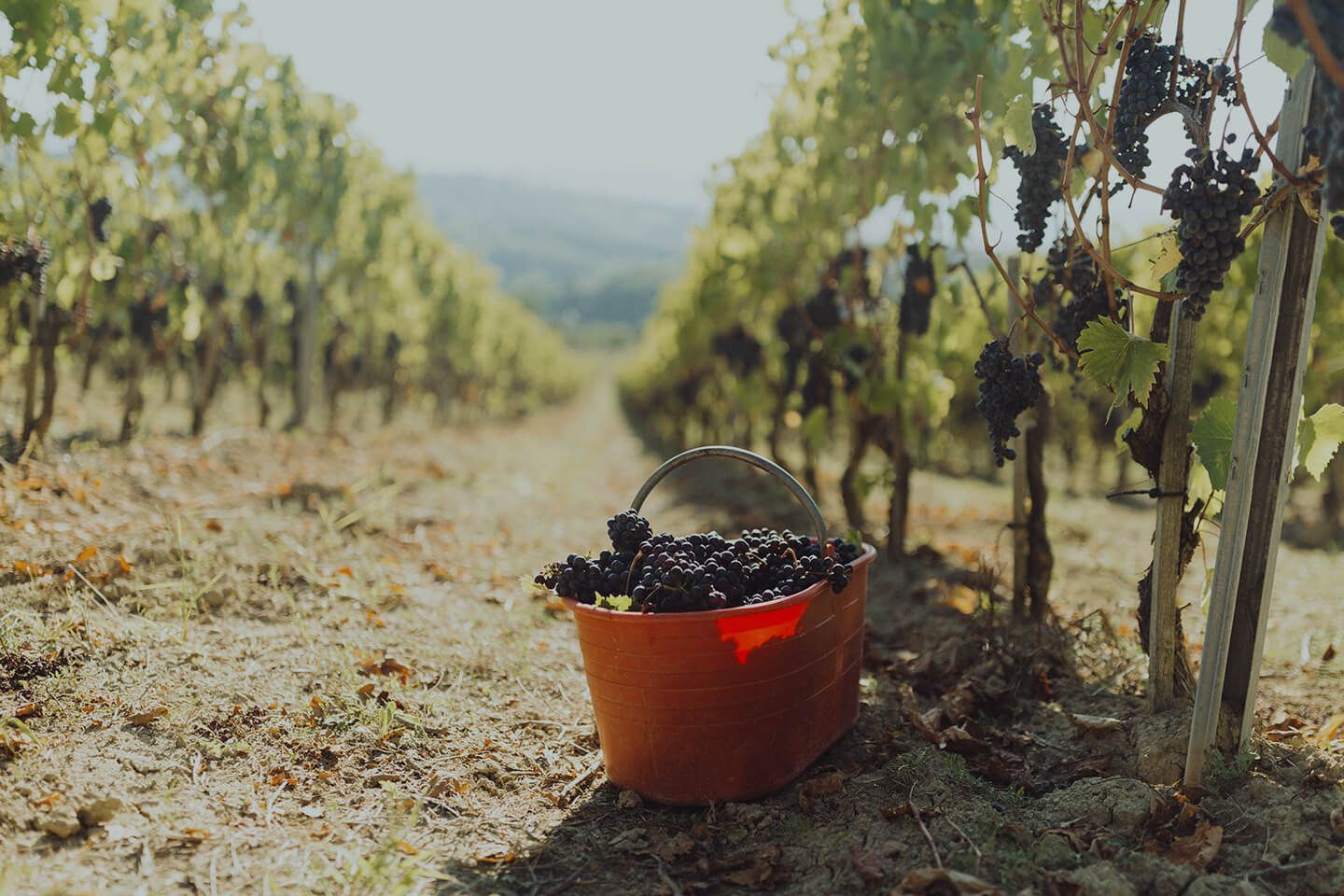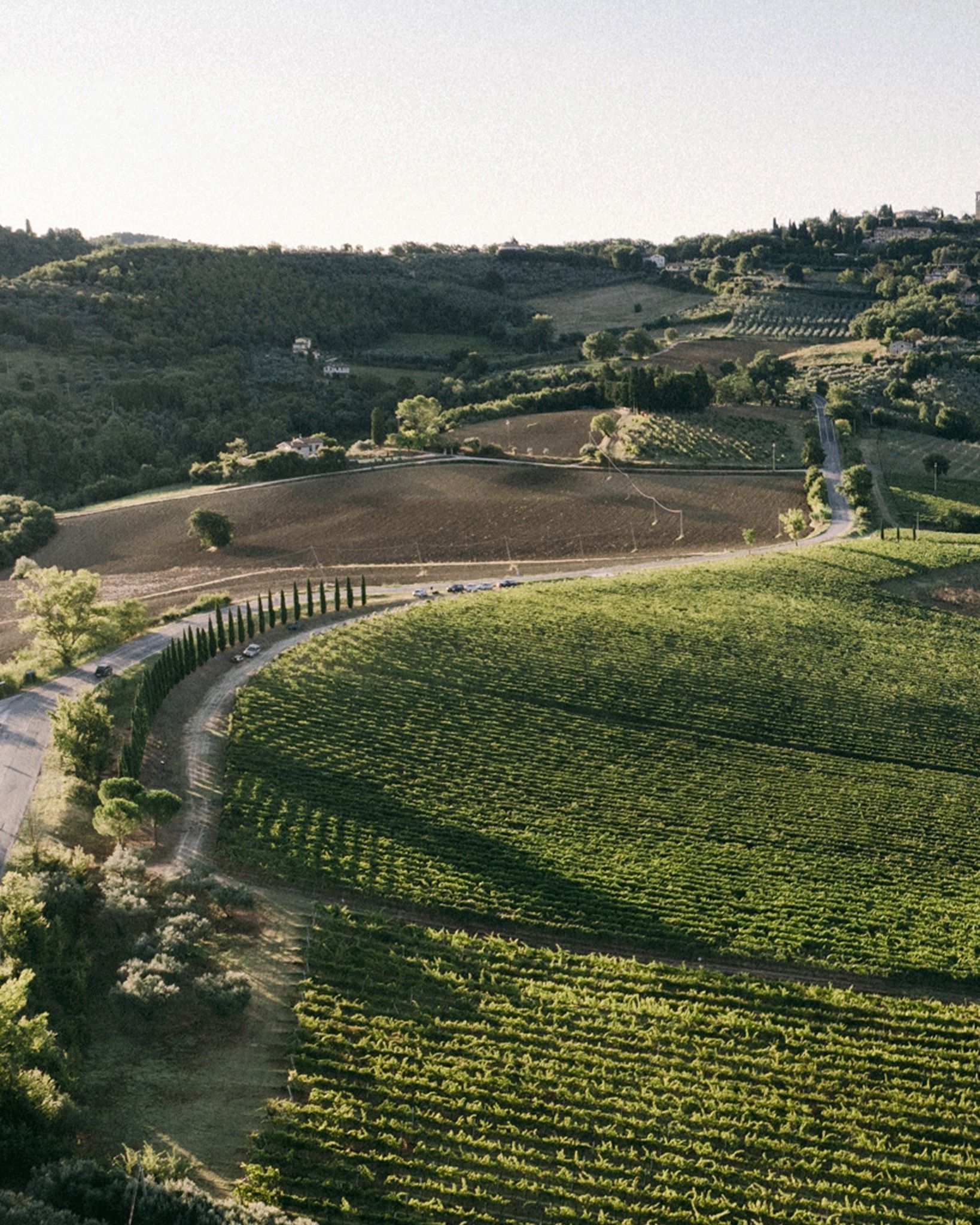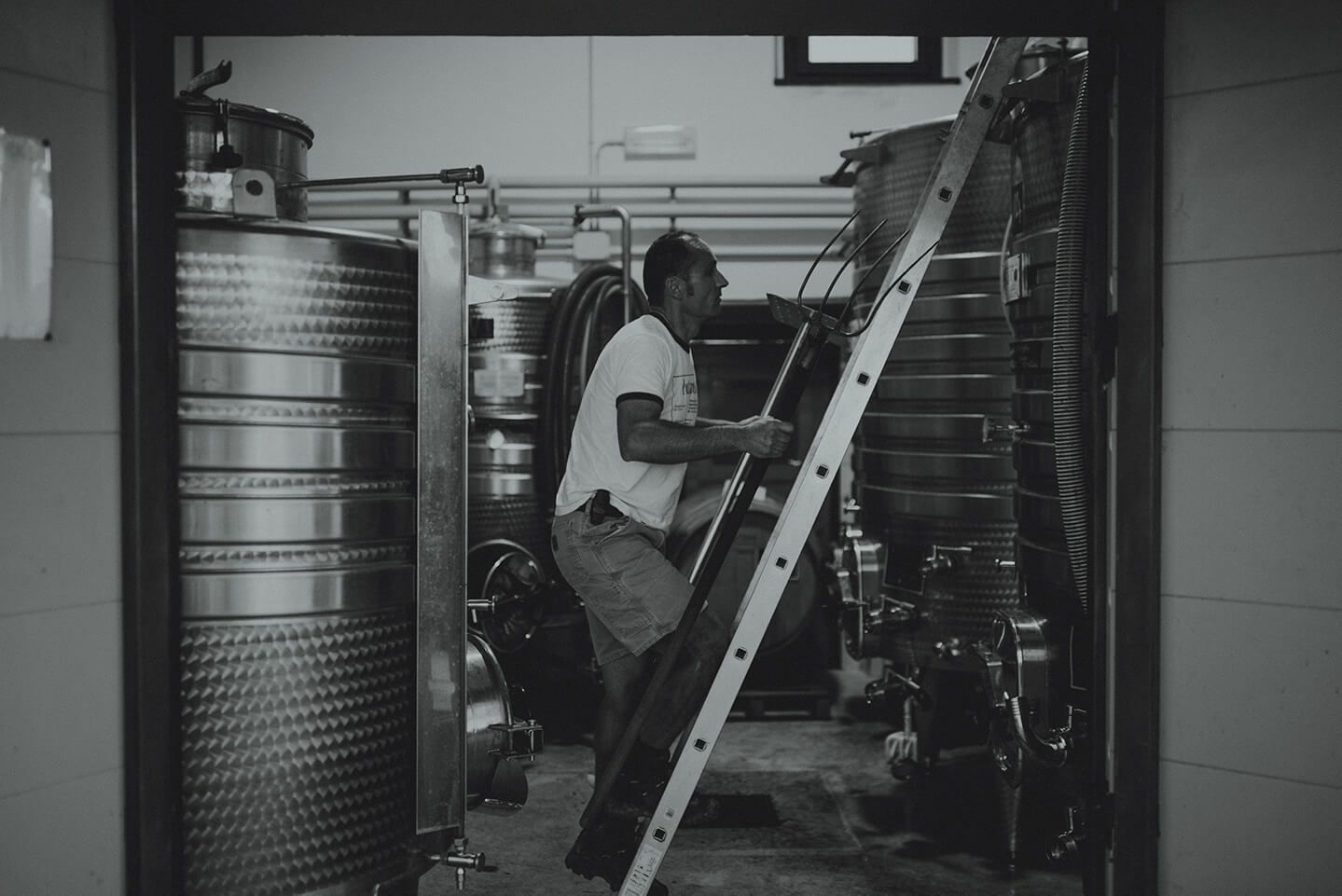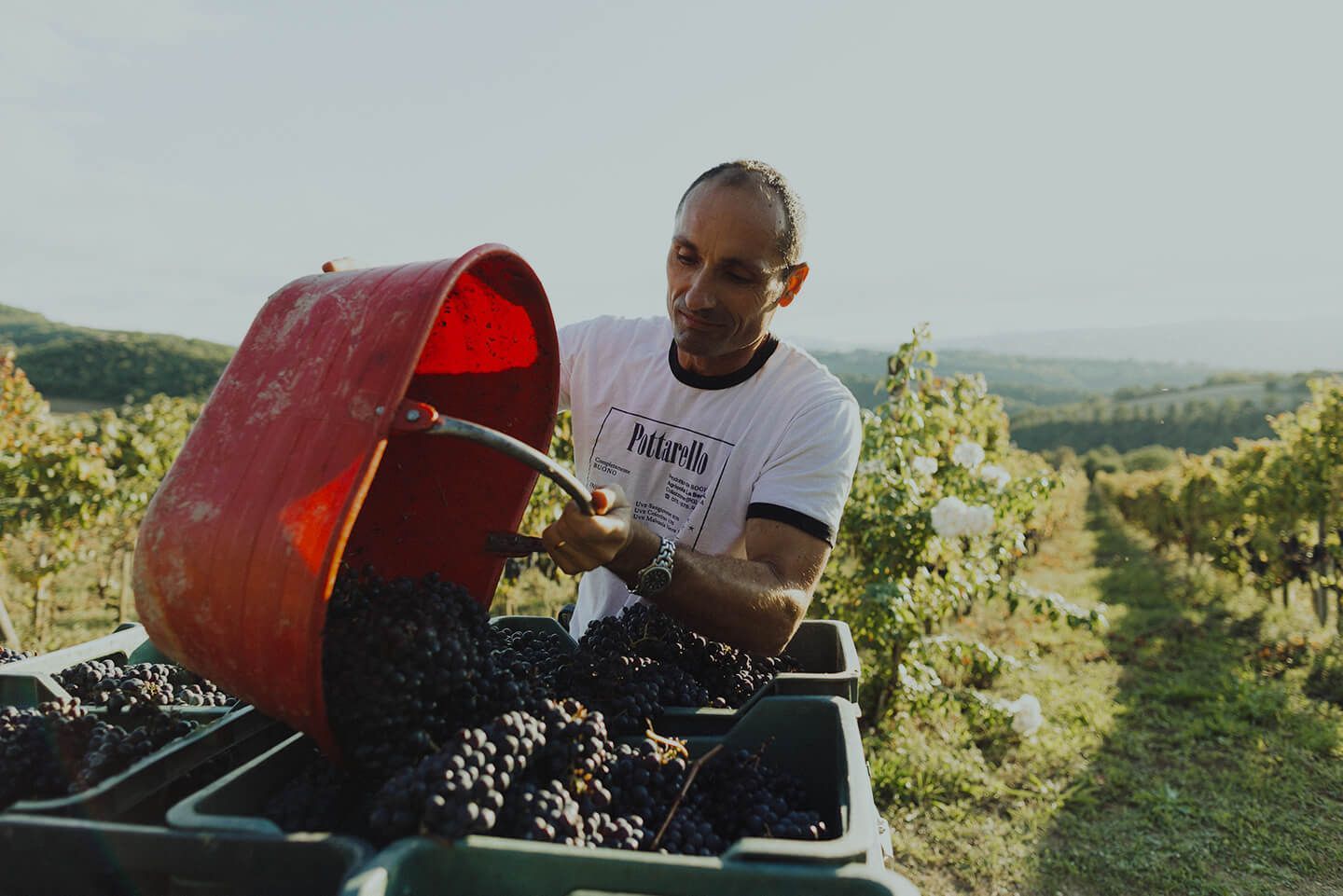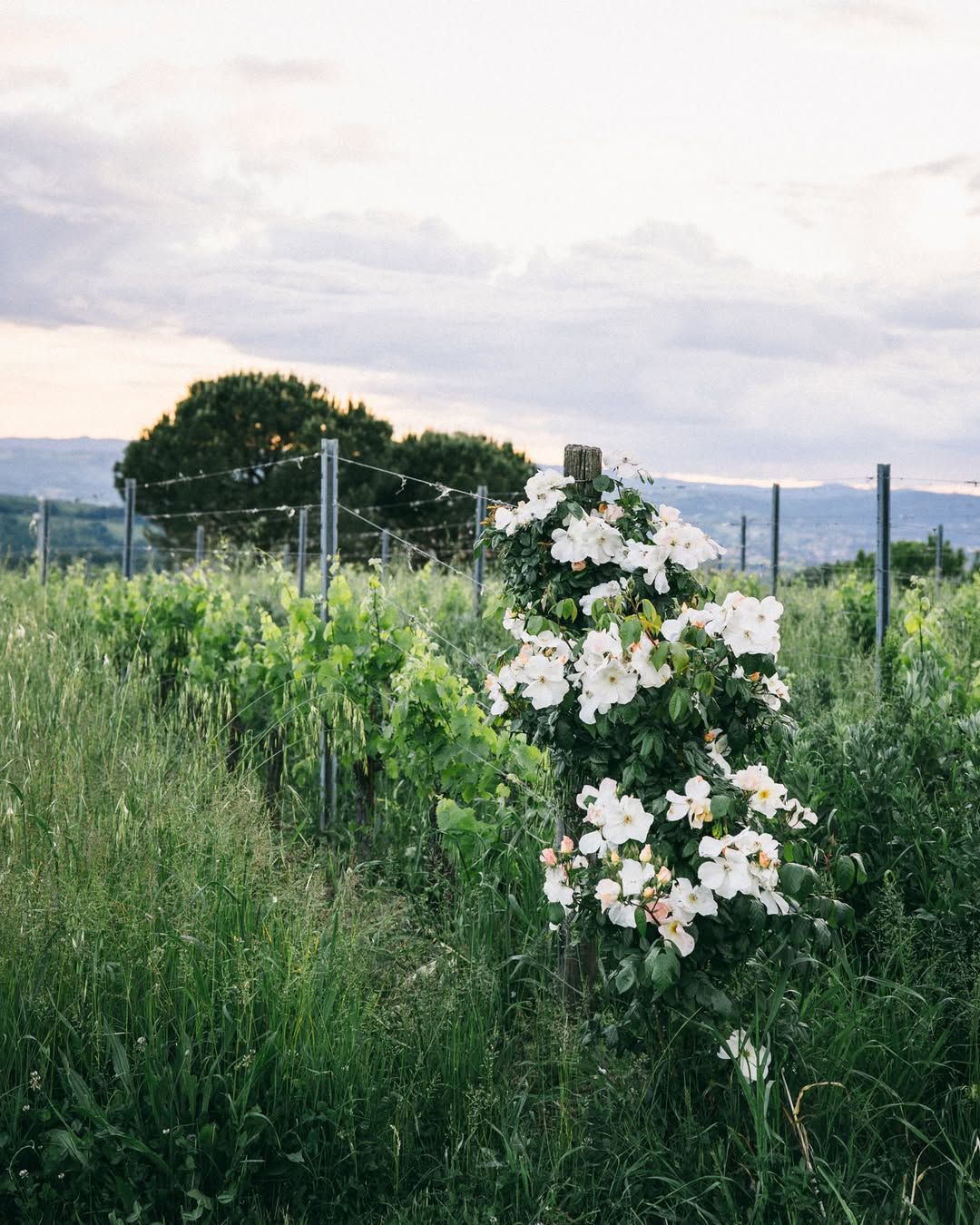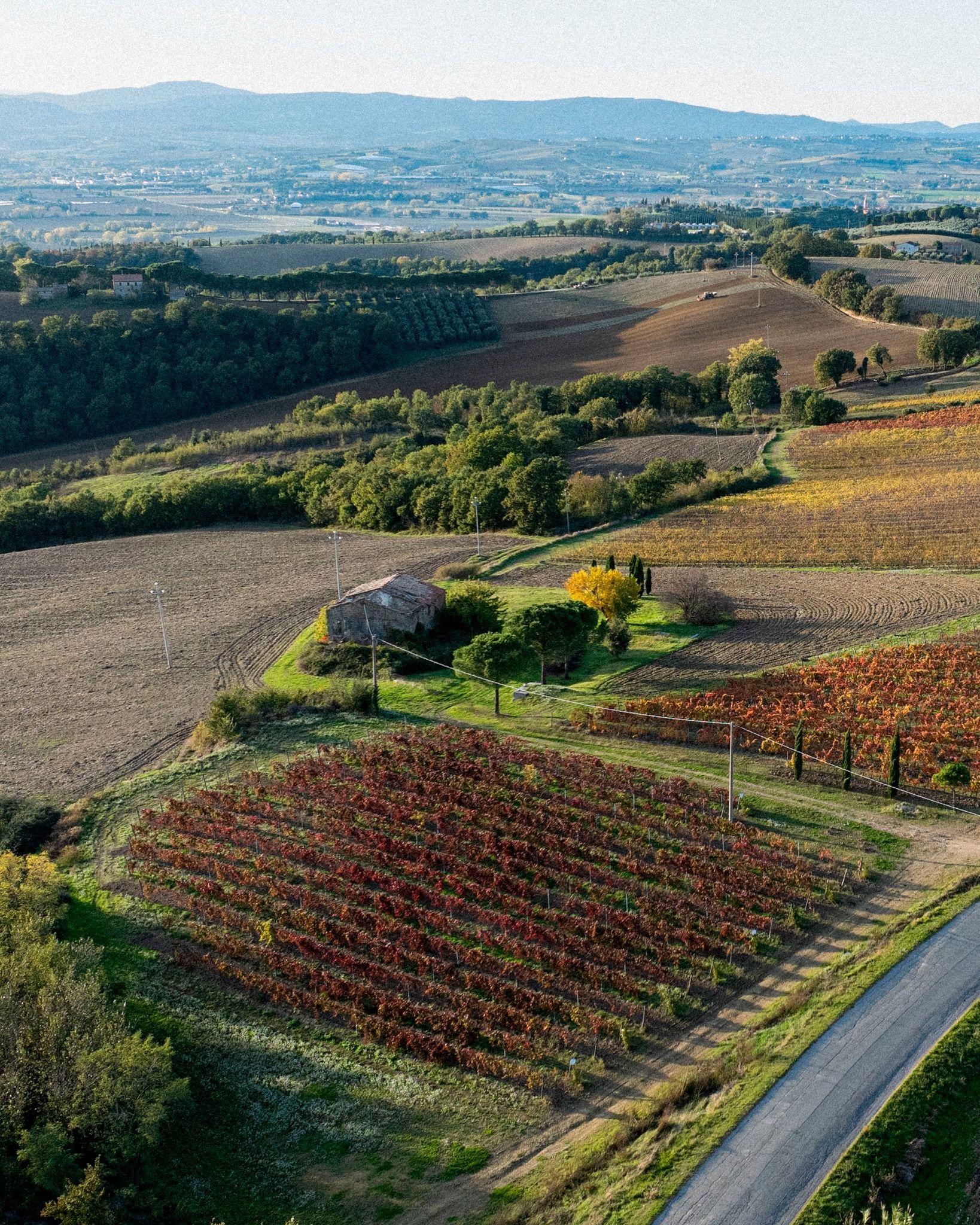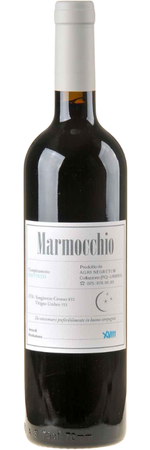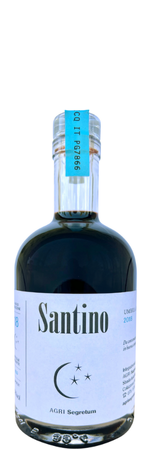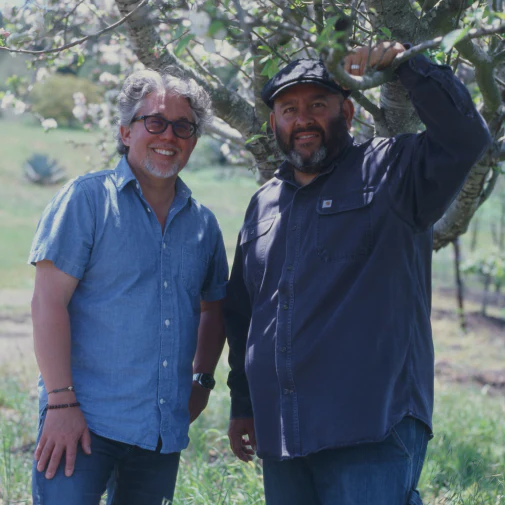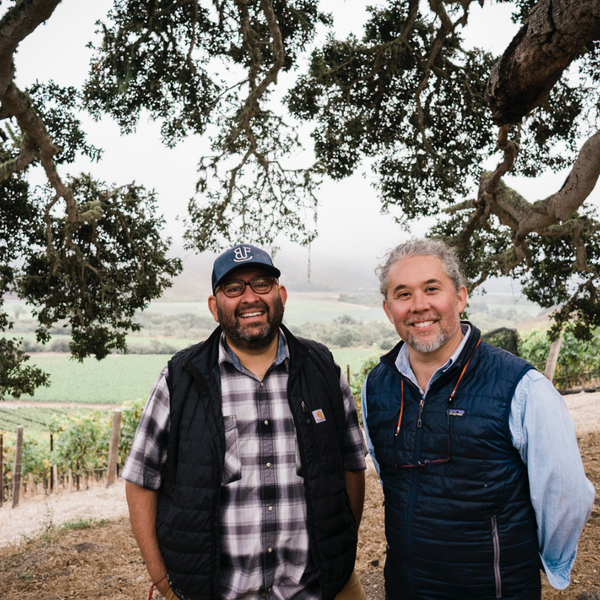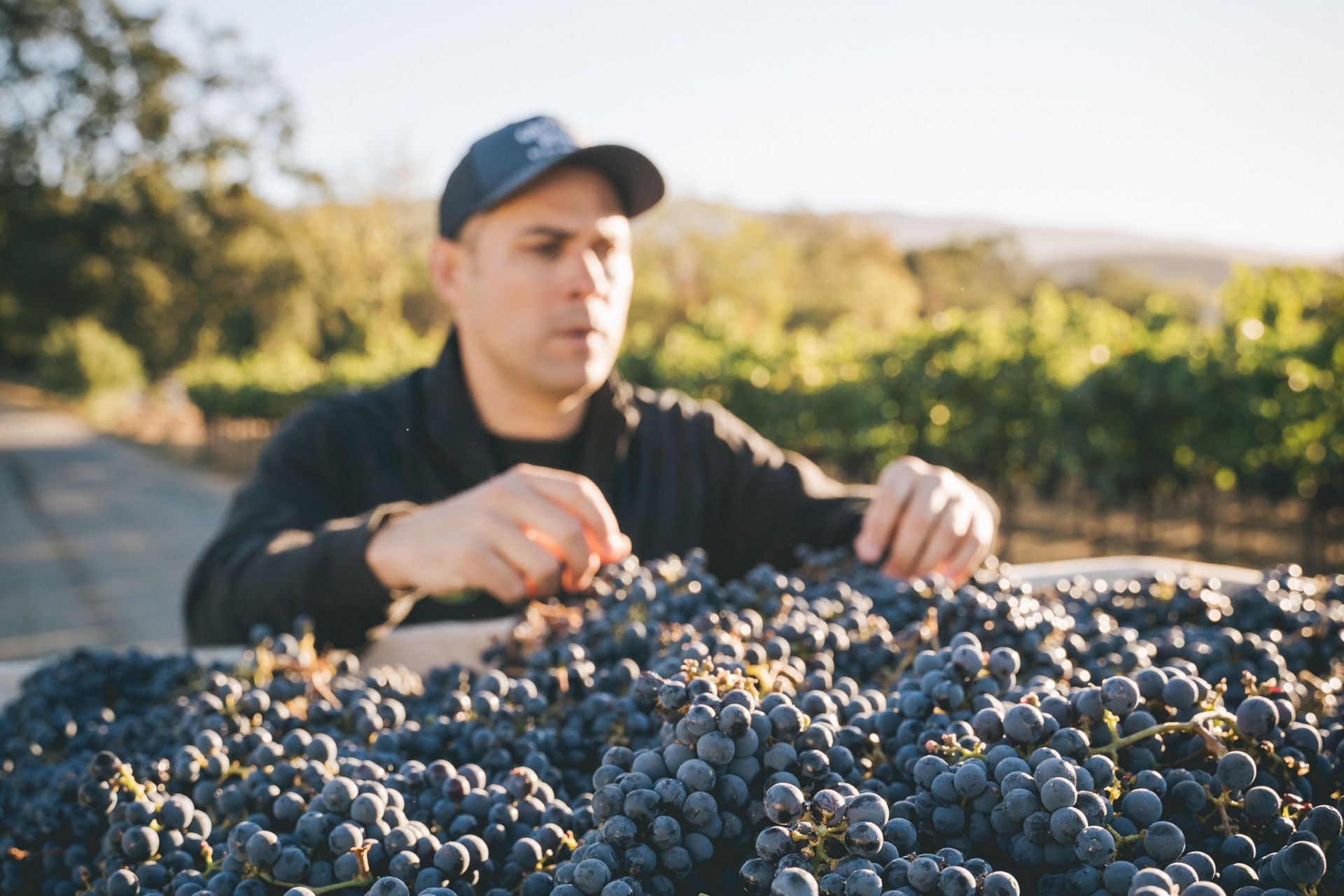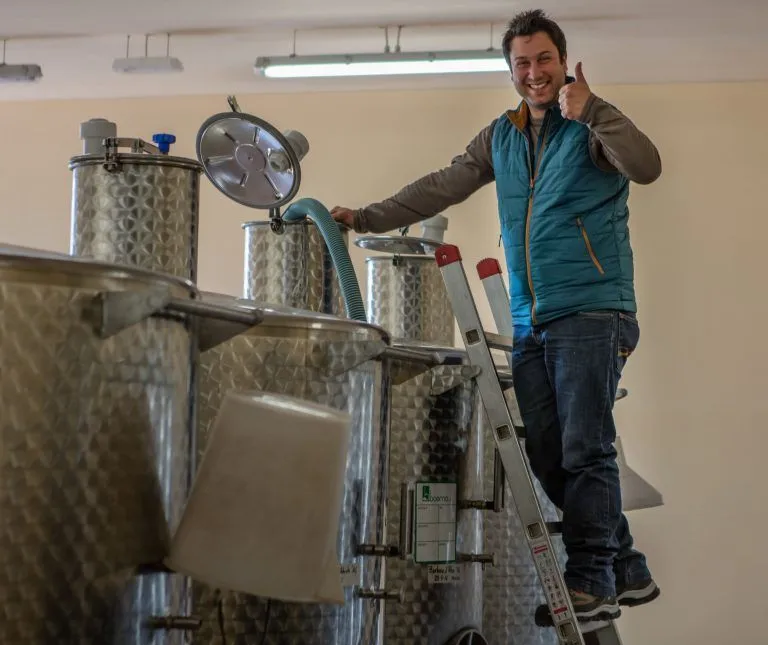Todi, Umbria, Italy
The Pottarello is gracefully poised, suggestive of excellent Chianti but with slightly rounder tannins, a touch broader acidity, and a slightly more sun-drenched fruit profile, buoyed by a generous 15% body that it carries with remarkable ease.
The Marmocchio clocks in the same but is on a whole other planet. A truly unique wine that is hard to describe, dense with oily minerality, mountain herbs, and scaffolded by Sagrantino’s notorious tannins and heady notes of pine resin. The wine tastes as if it was made for bears, elaborated with endless notes of wild bush berries and sous bois and wild dill and mace.
And what of the Santino… this wine makes the case for why Sagrantino may be the best variety for red dessert wines. It’s insane tannins and resinous fernet-like profile add profound interest to the sweetness created by appassimento. It’s epicurean sweetness is carried from bodily pleasures to the realms of the mind by the mnemonic nuances and poetic license of its myriad aromas. Meanwhile, the tannins put a frame around the viscous generosity of such a luscious dessert. The name is linked to the Italian for sacred and for the sacrament, and indeed the dessert version of Sagrantino was the Umbrian eucharist wine throughout the middle ages. It is such a rarefied and elevating experience, perfect on its own or as a sounding board for all kinds of chocolates, patisseries, and confections.


